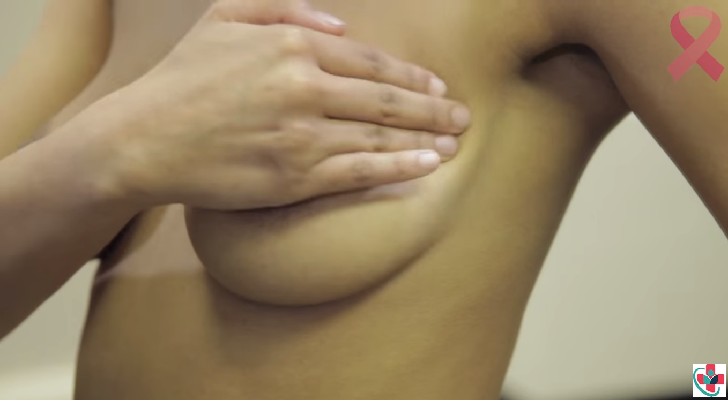Why women need to pay attention to the health and beauty of the breast
Almost every woman wants to have a beautiful body shape. One of the supporters of the beauty of the female body shape is healthy breast, solid, strong, and beautiful. But 90% of women pay less attention to the health and beauty of the breast, especially those who have been pregnant, after breastfeeding, thus unwittingly breast sagging, withered, and began to wrinkle. The cause is due to the shrinking of the mammary gland, also due to the weakening of the connective tissue supporting the breast and the breast skin elasticity is reduced.
Studies show that women who are married and have given birth to at least one child are the ones most affected by breast cancer. Such women tend to be reluctant in paying attention to their own beauty and the beauty of their breasts. Before we get too much into it, we strongly recommend you get yourself a great mirror to better check out your breasts. Click here for the best ones around.
Studies show that women who are married and have given birth to at least one child are the ones most affected by breast cancer. Such women tend to be reluctant in paying attention to their own beauty and the beauty of their breasts. Before we get too much into it, we strongly recommend you get yourself a great mirror to better check out your breasts. Click here for the best ones around.
Breast changes are usually normal but in some cases, they may be signs of breast cancer!Breast cancer is a kind of cancer that develops in breast cells. Breast cancer usually starts off in the inner lining of milk ducts or the lobules that supply them with milk. A malignant tumor can spread to other parts of the body. Breast cancer that started off in the lobules is known as lobular carcinoma, while one that developed from the ducts is called ductal carcinoma.
Before the breast become cancerous there are warning signs (these can differ from a person to the other) that indicate there might be an issue most times and usually when these signs are ignored they lead to serious issues, in this case, breast cancer which can be deadly if not treated early.
The warning signs of cancer of the breast are not the same for all women though the most common signs are changes in the look or feel of the breast, a change in the look or feel of the nipple and nipple discharge, and so on.
To pay extra care, it's best to always carry out a self-breast examination and check with a practitioner often. However, if these changes occur, they shouldn't be discarded:
☛ Abnormal lumps or hard knot or thickening around the underarm or (inside) the breast that feel noticeably different from the other area.
☛ Sudden bloody or white nipple discharge (a milky discharge may not necessarily be a sign of anything serious) on only one of the breasts.
☛ Pain that won't desist -usually around a particular area- of the breast.
☛ Dimpling of the skin around the breast area
☛ Sore, unusual inverted and itchy patches on the nipples areas
☛ Changes in breast size
☛ Swelling, darkening, and somewhat discomfort in and around the breast
SEE Tools for early detection of breast cancer.
If there’s one thing you take away from this article, let it be this: Keeping an eye on your breasts and how they change is the most important thing you can do for your breast health.
Self-exams beginning after puberty can help you familiarize yourself and quickly notice changes. In your 20s and 30s, you should get a clinical breast exam at least once every year or 2. Most women get these during yearly “well-woman” visits to the OB-GYN. Your doctor physically examines your breasts and asks about your personal and family health history. By the time you are 40, you should begin getting regular mammograms. A huge number of cancers are caught early by these tests each year.










